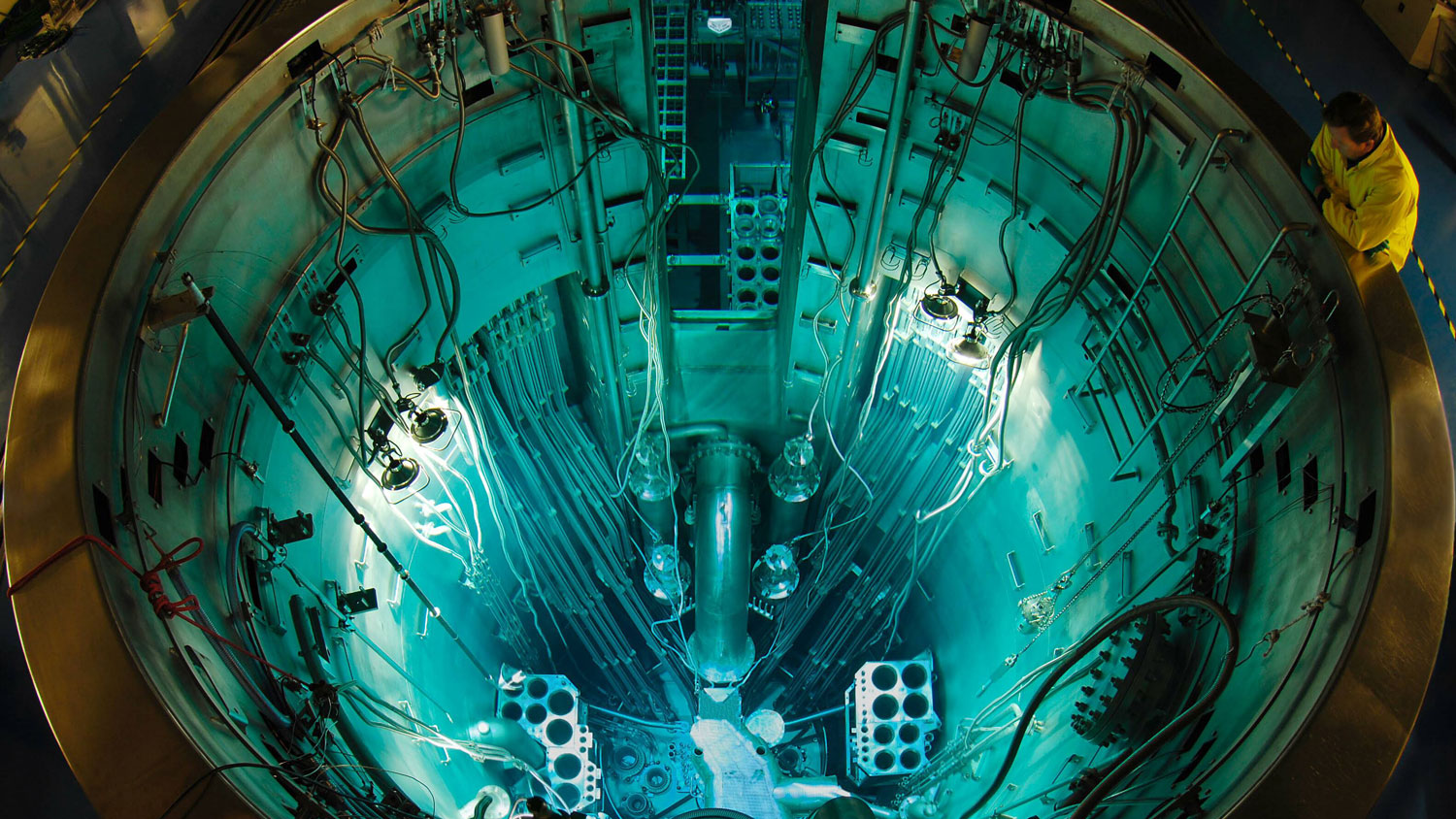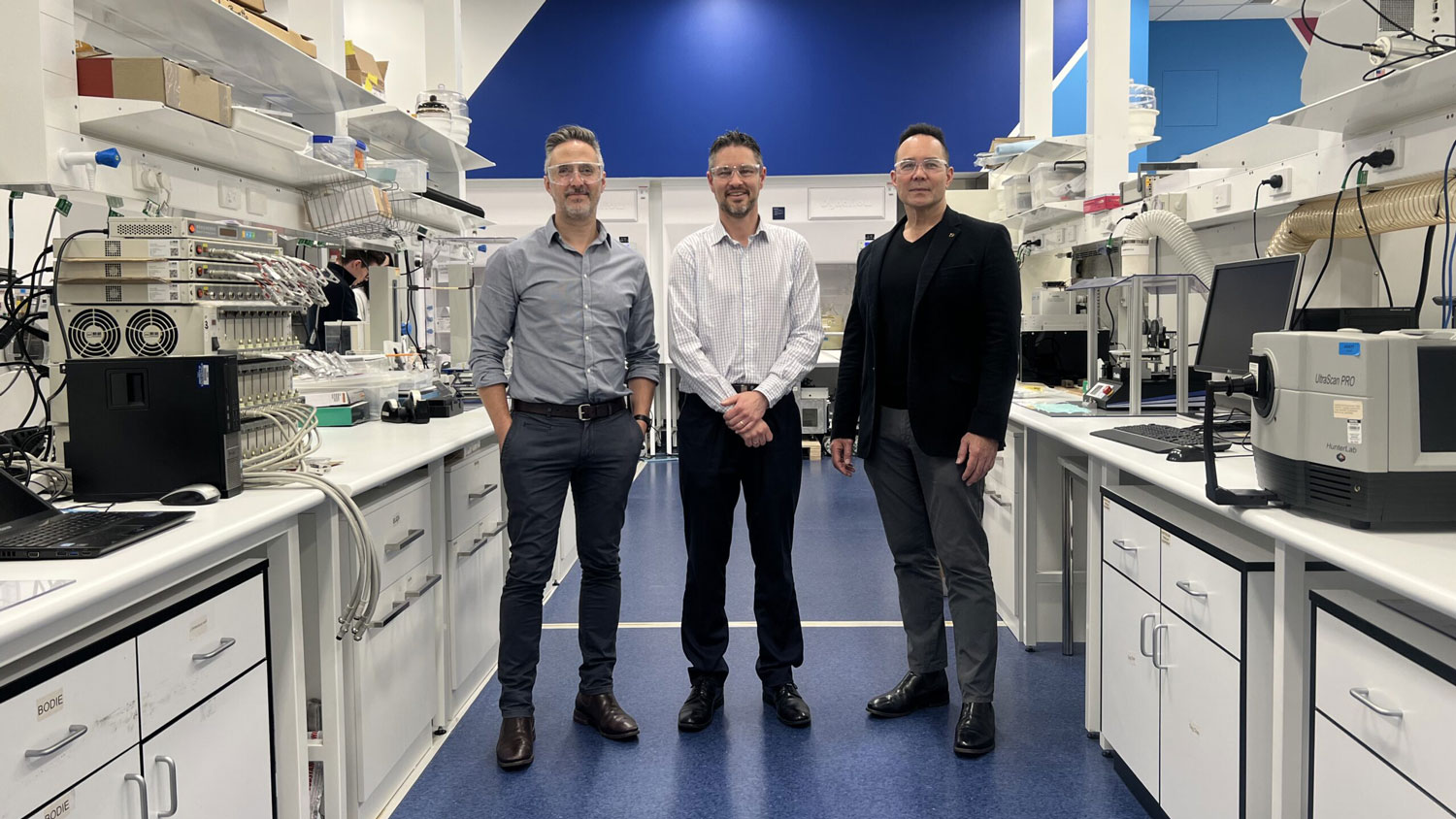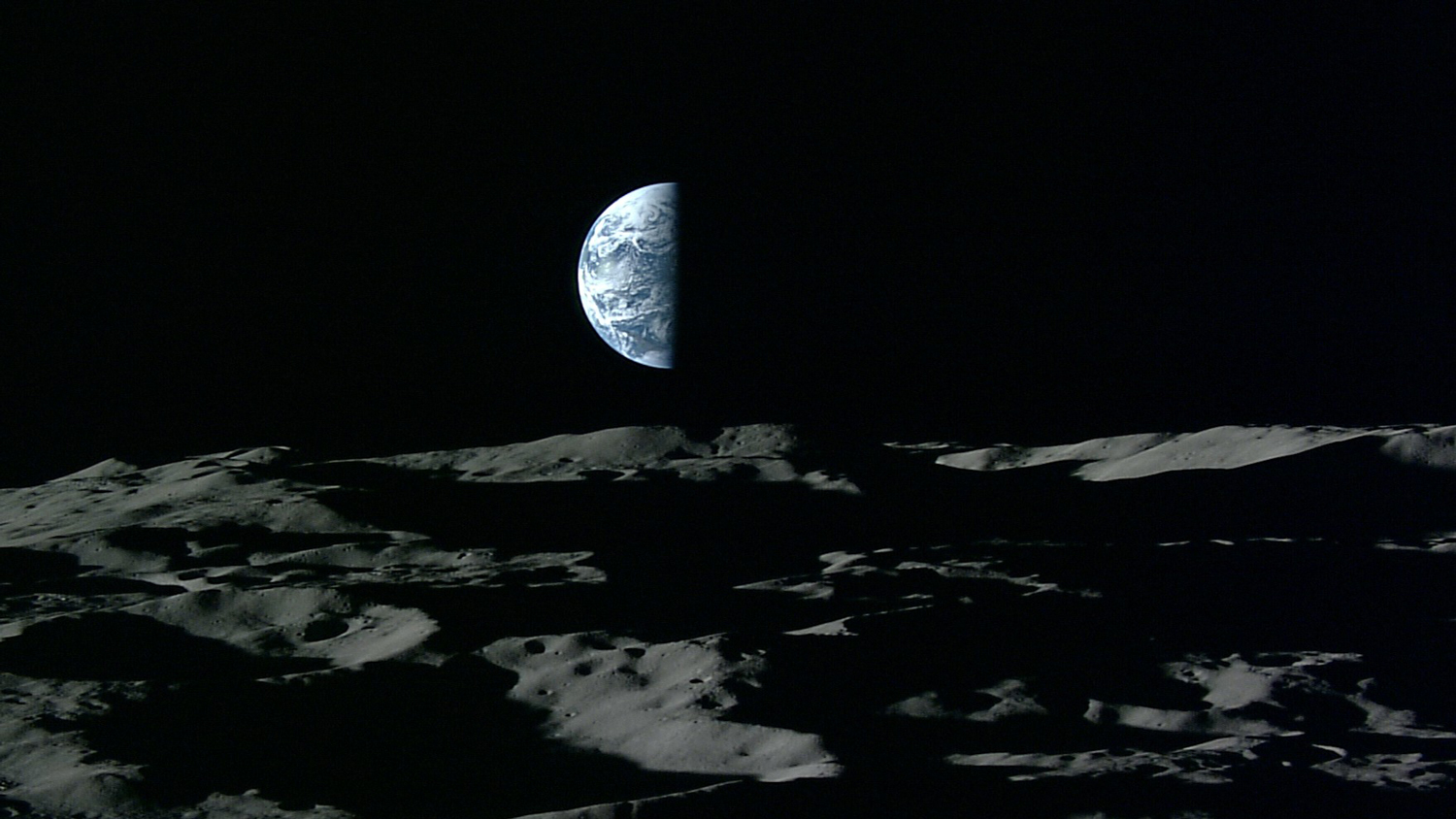Lunar night survival is one of the biggest challenges facing today’s space industry. In fact, many people agree it’s the biggest of all; this year it took the top spot on NASA’s first-ever list of space technology areas needing further development.
A lunar night is the period when the Moon’s surface is not exposed to the sun. It lasts around 14 Earth days, and temperatures drop to minus 180 degrees Celsius in almost total darkness. This extreme cold can destroy experimental habitats, lunar rovers, and other assets that humans will be increasingly deploying on the Moon in the coming years.
So, keeping things warm is important, and Australian clean energy company entX has risen to the challenge with its Radioisotope Heater Unit (RHU), supported by the Agency’s Moon To Mars grant initiative. Nuclear power has been the go-to method of thermal energy generation in space for many years – it lasts longer than batteries and doesn’t rely on sunlight like solar panels – but it commonly uses plutonium, which is difficult to manage safely. By contrast, entX’s new system uses radioisotopes with improved safety profiles that are better for the environment, and capable of sustaining lunar missions from several months to up to five years.
After the Agency funded a feasibility study and early prototype, entX secured support from iLAuNCH and member institution the University of South Australia to begin designing its first RHU. The company is also working with ANSTO to create tailor-made radioisotopes for the system, drawing on the advanced capabilities of the Open Pool Australian Lightwater (OPAL) nuclear reactor in Sydney (pictured).
The next step for entX towards commercialisation is readying the RHU for the market by achieving flight heritage in the United States – which would make it the first commercial RHU to successfully navigate the US Nuclear Flight Safety and launch approval process.
“Embarking on an exciting journey towards lunar occupation in the upcoming decades, securing a reliable source of thermal energy solutions is paramount.”
~ Scott Edwards, General Manager Defence and Space, entX
Fast facts
Fast facts
- Lunar night survival topped NASA’s first-ever Integrated Ranking of Civil Space Challenges in July 2024.
- entx’s Radioisotope Heater Unit can sustain missions through cold lunar nights for five years.
- entX investigated the technology in 2021 with an Agency Moon to Mars initiative grant.

Space capabilities with big impact
Explore our range of case studies showcasing projects funded through the Agency's programs that are making waves here at home and across the globe.
Main image credit: JAXA/NHK





